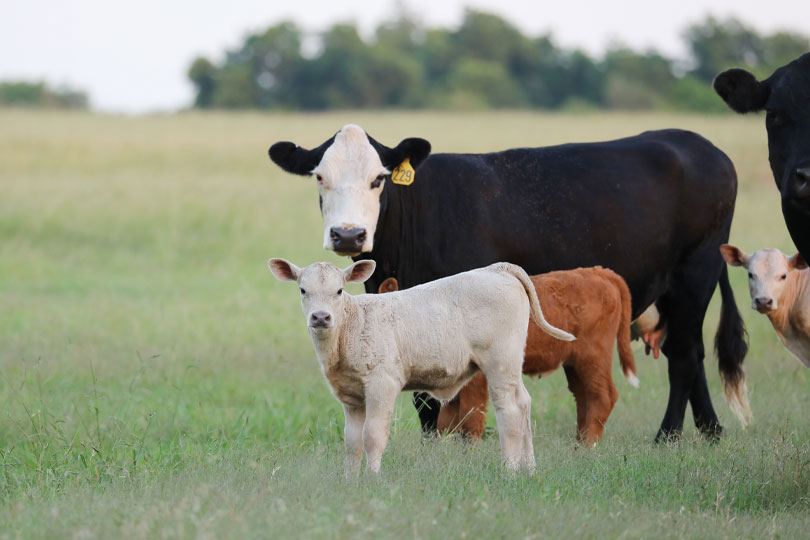By Emmy Powell
Communications Specialist
Timely spring rains across much of Texas have led to favorable pasture and rangeland conditions heading into the typically hot and dry summer months.
“We rounded out the spring months with an ample supply of rain throughout the majority of Texas,” Tracy Tomascik, Texas Farm Bureau (TFB) associate director of Commodity and Regulatory Activities, said. “Now, that’s not to say there’s still some really dry spots in the southwest part of the state, but by and large, if you’re a livestock operator in Texas, you have really good conditions moving through the first part of summer.”
Although summer is expected to bring hot and dry weather, the spring rains have provided a solid foundation for most areas, helping replenish stock tanks and jumpstart forage growth.
“We’re really optimistic about the potential to pick up some timely rains as we move in through those hot summer months,” he told the Texas Farm Bureau Radio Network. “Though they’ll be limited at bare minimum, much of the state is going into those dry and hot times with ample amount of stock water and some actual forage growth. And we haven’t experienced much of that in the last couple of years.”
According to the Texas Drought Monitor, about 30% of the state is still experiencing some level of drought. South Texas and Far West Texas are areas in particular need of rain.
“Unfortunately, there are some areas that are still going through years of ongoing drought,” Tomascik said. “If there is a silver lining, at least there is some excess supply of forage and supplemental feeds that are close by thanks to the rains across the rest of the state.”
He noted ranchers in drought-stricken regions continue to adapt by reducing their stocking rates and closely managing their livestock as they weather prolonged dry conditions.
For the rest of the state, hay supplies look promising, despite some delays in cutting and baling due to recent rains .
“The wet weather over the last few weeks has slowed down the production of hay,” Tomascik said. “Now that it’s drying out, they’re getting in the fields and doing their best to put up the best quality product possible. But one thing’s for sure, much of the production is coming in at higher volumes than average.”
The beef cattle market remains strong, adding to the optimistic outlook for ranchers.
“The beef cattle market is extremely high, and we’re all thankful for that and very optimistic about that, as well,” Tomascik said. “But you never know what could pop up. Folks are certainly looking at their farm finances and doing the best to prepare for times when we experience a market downturn and just doing our best to make hay while the sun shines.”


Leave A Comment